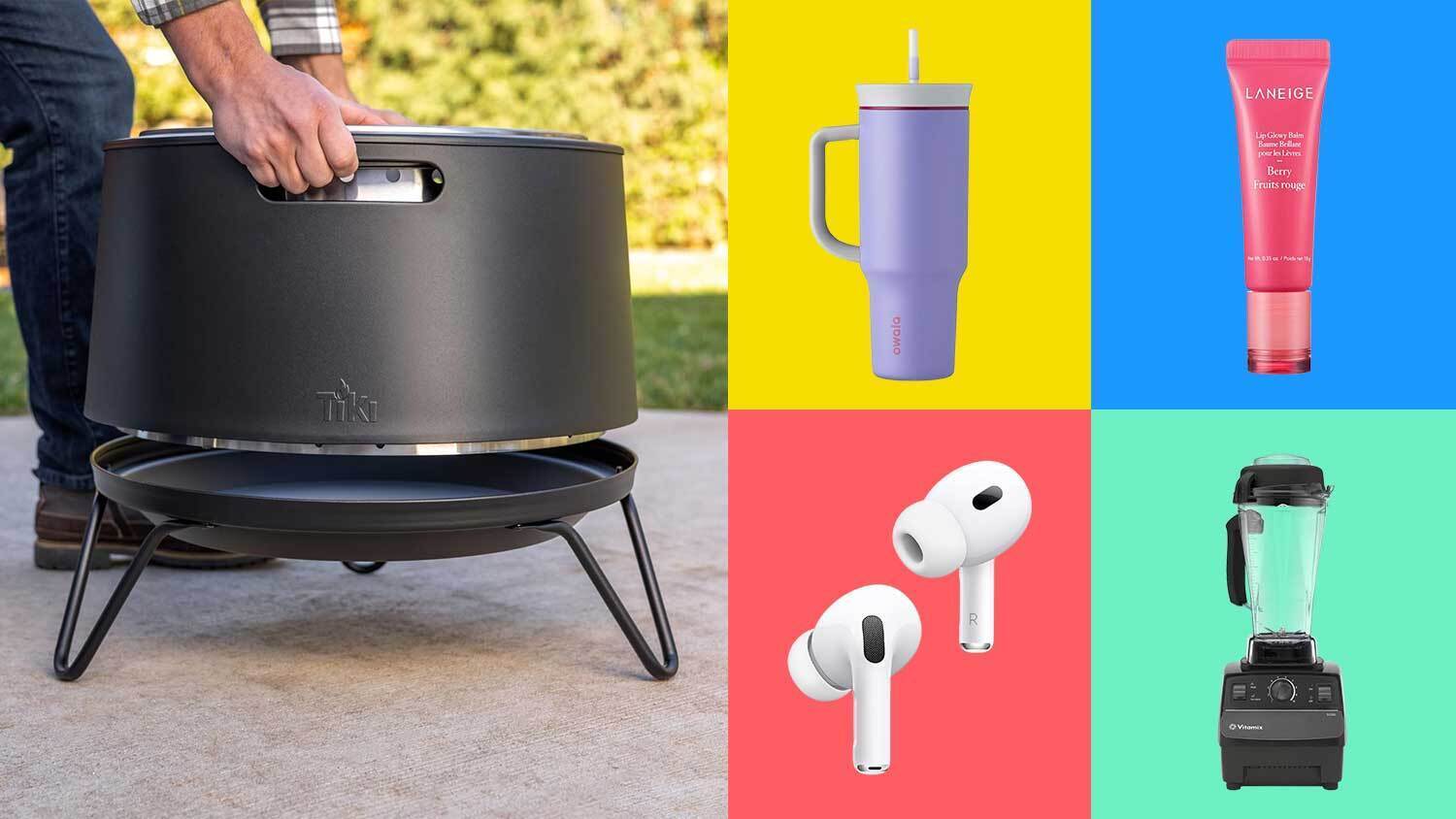(NEXSTAR) – So-called “forever chemicals” that are linked to cancer and numerous health problems can be found in at least 45% of the nation’s tap water, according to a recent U.S. Geological Survey survey, but is it possible to eliminate them at home?
Known collectively as PFAS, the synthetic chemicals are used to make so many things that it would be nearly impossible to rid your house of them. They go into nonstick pans, food packaging, to-go boxes, furniture, rugs, clothing and more.
The U.S. Environmental Protection Agency in March proposed the first federal drinking water limits on six forms of PFAS, or per- and polyfluorinated substances, which remain in the human body for years and don’t degrade in the environment. A final decision is expected later this year or in 2024.
But the government hasn’t prohibited companies using the chemicals from dumping them into public wastewater systems, said Scott Faber, a senior vice president of the Environmental Working Group, an advocacy organization.
“We should be treating this problem where it begins, instead of putting up a stoplight after the accident,” he said. “We should be requiring polluters to treat their own wastes.”
Can people filter out PFAS?
In the meantime, what can people who want to avoid the dangerous chemical do at home?
“We don’t think the burden should be on the individual to be treating their own tap water and removing contaminants from it, but if they want to take action … that’s absolutely a possibility,” EWG Senior Science Analyst Sydney Evans told Nexstar. “With PFAS specifically, the existing technology that’s out there to filter water at home is already effective, so that’s great.”
Unfortunately, the price range of a solution can vary greatly.
Evans said the top product is a reverse osmosis system that can be hooked up to the water supply, often under the sink. The device is highly effective when it comes to purifying water and the filters can last far longer than a pitcher-style device, but it is pricy and costs roughly $200. For some people, the reverse osmosis system also may not physically fit.
EWG researchers performed their own study to find out if there was a more affordable device that was also effective, testing 10 household name brands. After passing 10 gallons of water through the filters, researchers sampled water directly from the tap.
“We found that there were some that were absolutely more effective than others,” Evans said.
Four of the filters removed either 98 or 100 percent of tested PFAS: Travel Berkey, Zero Water, Clearly Filtered and Epic Water Filter. Other brands, including a couple models from widely-known brand Brita, had a percent reduction that ranged from 22% (Brita Elite) to 79% (PUR).
Evans pointed out that any filter is likely less effective as it nears the end of the manufacturer’s recommended lifespan, and recommends not using it beyond that point.
“Generally speaking, what can happen with these kinds of filters is eventually there’s going to be a bunch of contaminants inside that filter and if the filter is used past when the manufacturer says it is good for, it’s possible that it can actually start releasing those contaminants back into the water,” Evans said.
Are there PFAS in my water?
The USGS study, spanning 2016 to 2021, involved water samples from taps in 716 locations, including 447 that rely on public supplies and 269 using private wells.
Most of the samples came from residences in both rural and urban areas, but others were from schools, offices and even protected lands, such as national parks.
Scientists tested for 32 PFAS compounds — most of the ones detectable through available methods. Thousands of others are believed to exist but can’t be spotted with current technology, said lead author Kelly Smalling, a research hydrologist.
The types found most often were PFBS, PFHxS and PFOA. Also making frequent appearances was PFOS, one of the most common nationwide.
Positive samples contained as many as nine varieties, although most were closer to two. The median concentration was around seven parts per trillion for all 32 PFAS types, although for PFOA and PFOS it was about four parts per trillion — the limit EPA has proposed for those two compounds.
The heaviest exposures were in cities and near potential sources of the compounds, particularly in the Eastern Seaboard; Great Lakes and Great Plains urban centers; and Central and Southern California. Many of the tests, mostly in rural areas, found no PFAS.
For information specific to your own neighborhood, the Environmental Working Group created a water quality map searchable by zip code, but the nonprofit notes that changes to contamination sites, as well as other emerging information, may not be reflected in the data.
You can also have your tap water tested; the EPA recommends contacting your state to learn if they have state-certified labs that are able to test for PFAS.
The Associated Press contributed to this report.











